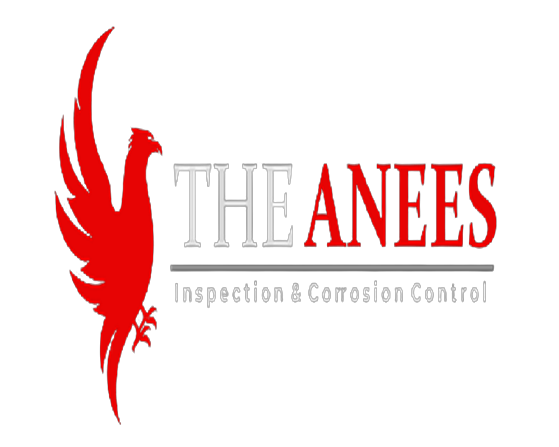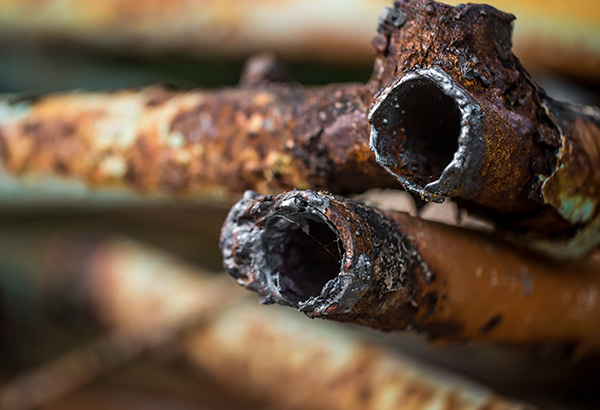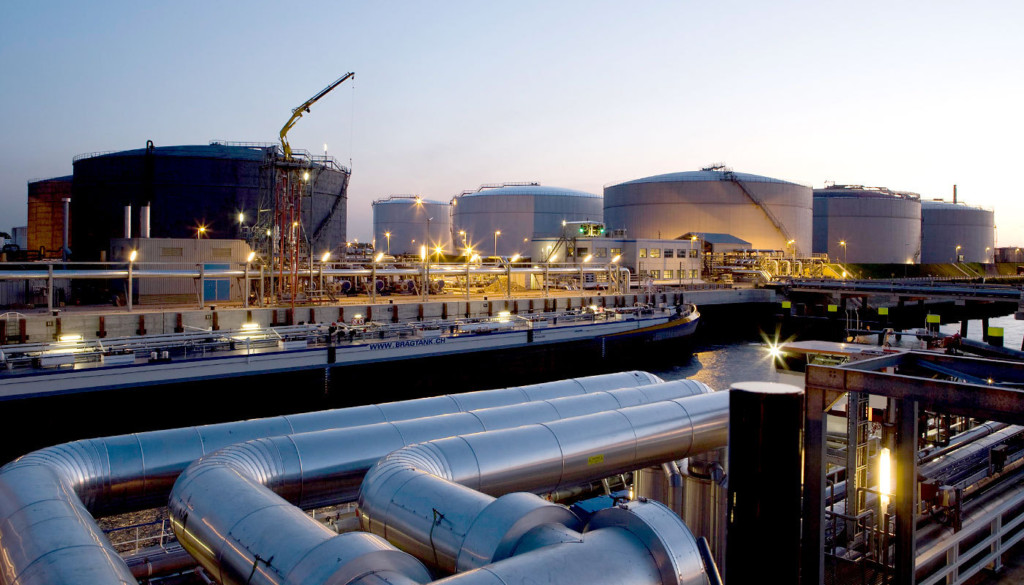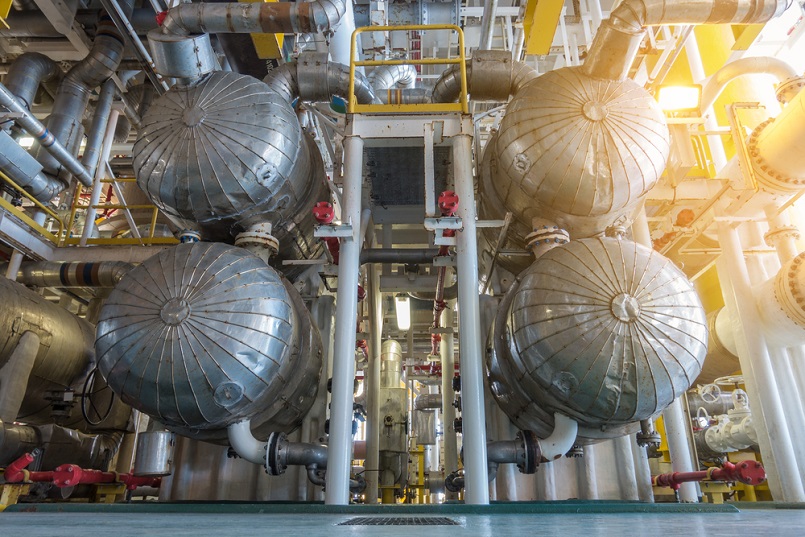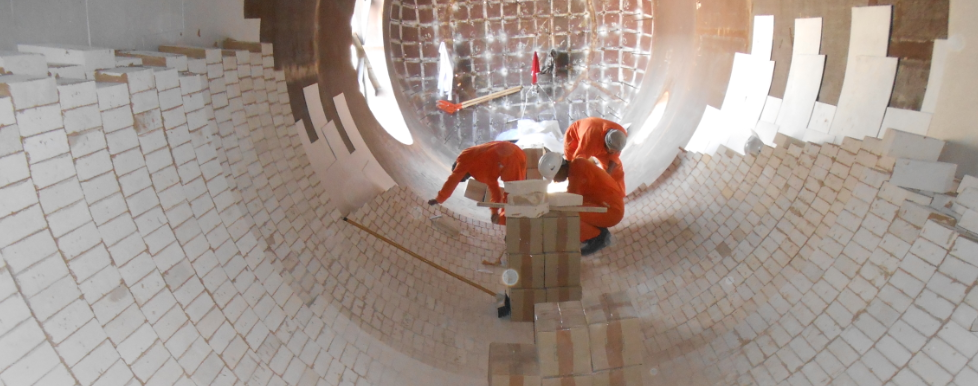Equipment failures in refineries are frequently caused by corrosion damage and mechanical/metallurgical causes, which disrupt refinery operations and safety risks. The specific process operating conditions and pollutants present in the process stream determine the existence as well as the severity of the damage. Today, every person involved in the refining process, including refinery owners, operators, mechanical engineers, metallurgists, and process engineers, seeks to prevent or lessen the consequences of corrosion. The safe and effective running of a facility depends heavily on corrosion control.
NACE International defines corrosion as…
The deterioration of a material, usually a metal, because of a reaction with its environment.
The term is fairly broad and takes into account the fact that not all types of corrosion are chemical or electrochemical in origin. The term also acknowledges the possibility of corrosion in materials other than metals. Concrete, wood, ceramics, and plastics are a few of these materials. Additionally, some types of corrosion cause both the material’s qualities and the material itself to degrade. A material might not lose weight or show any outward signs of deterioration, but it nevertheless might fail unexpectedly because of changes in its properties brought on by corrosive activity.
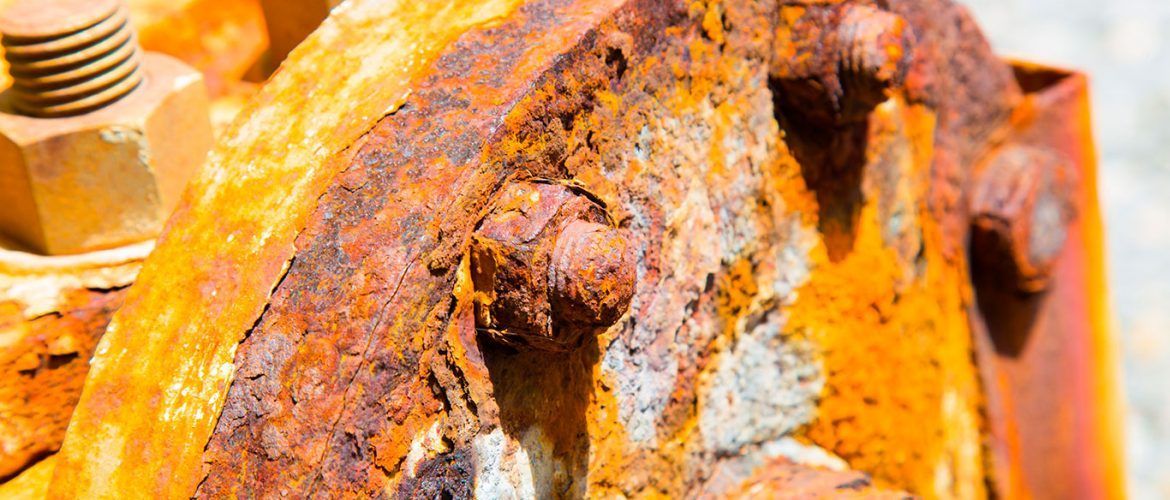
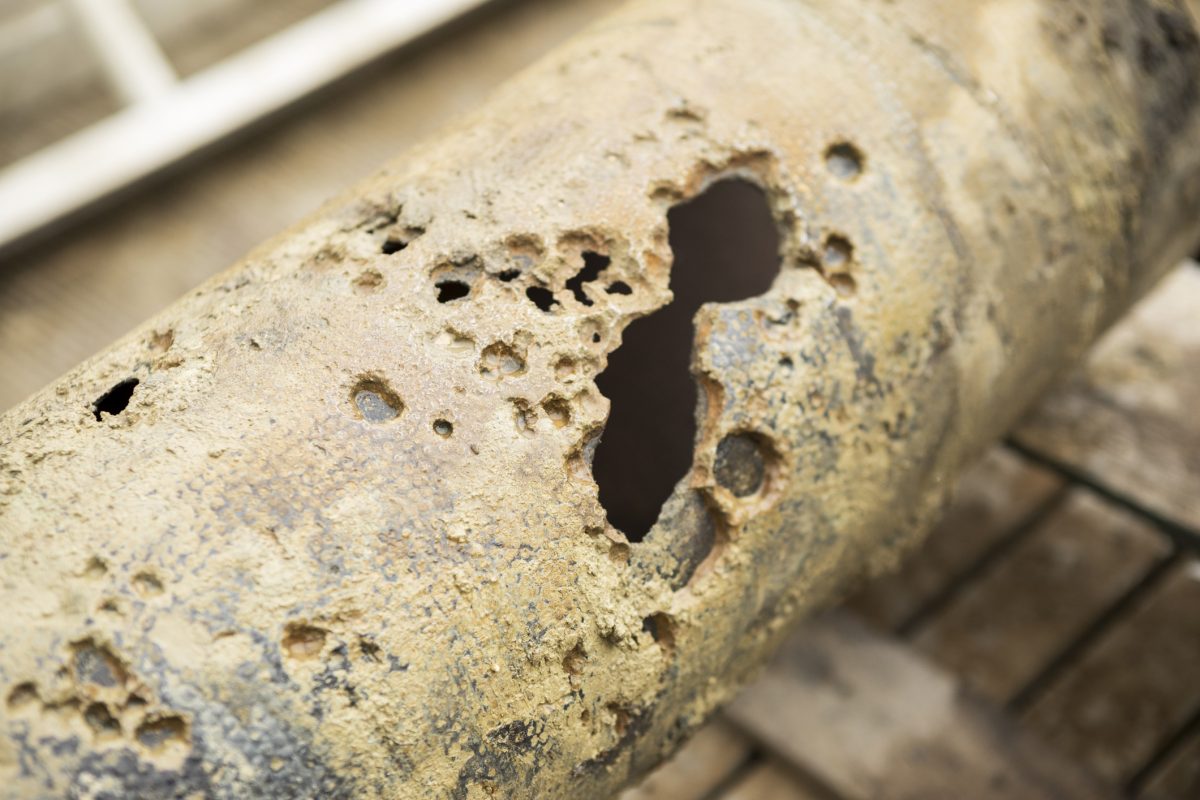
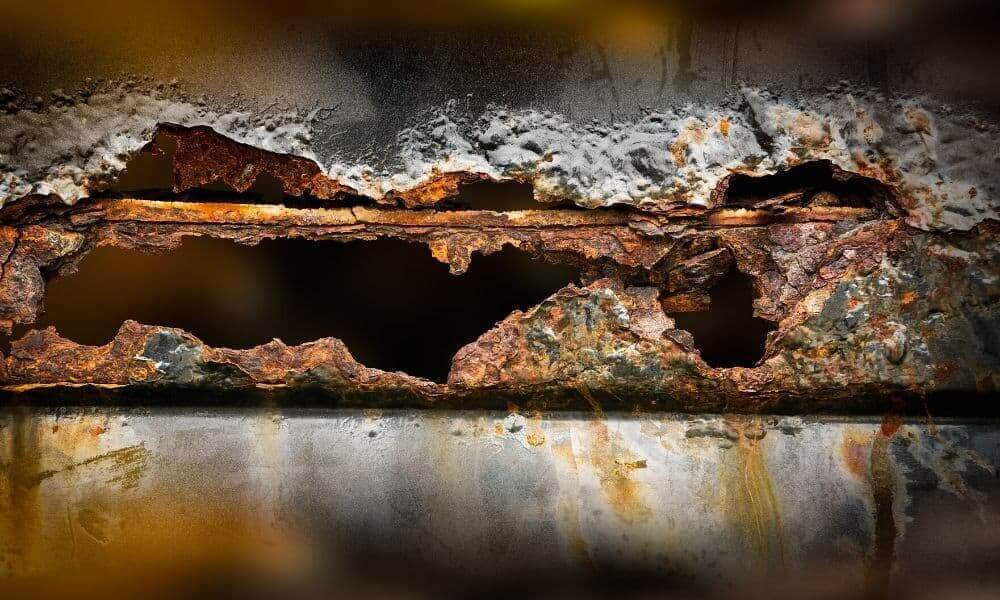
Corrosion can be categorized as
• Low-Temperature Corrosion—Occurs at temperatures below 500 F (260 C) and in the presence of water.
• High-Temperature Corrosion—Occurs at temperatures above 500 °F (260 °C), with no water present.
• Stress Corrosion Cracking—Chloride/Alkaline/Ammonia Stress Corrosion Cracking, Hydrogen Blistering, HTHA, HIC, Wet H2S Cracking
• Metallurgical Failures—Graphitization, Hardening, Sensitization, sigma phase, 885°F/Temper/Liquid Metal Embrittlement, Carburization, Metal Dusting
• Mechanical Failures— Mechanical Fatigue, Cavitation/Mechanical Damage, Brittle Fracture, Creep, Stress Rupture, Thermal Shock, Thermal Fatigue
• Other Forms of Corrosion—Boiler Feed Water Corrosion, Steam Condensate Corrosion, Cooling Water Corrosion, Fuel Ash Corrosion
Numerous types of corrosion fall within these categories, each of which has highly specific material, environmental, and operational requirements.
What is Corrosion Control?
The characteristics of a system’s design that prevent or reduce corrosion. There are different techniques to prevent corrosion, just as there are numerous types of corrosion. Keep in mind that some control techniques make more sense than others in specific applications while carefully considering your assets and the surroundings. A program consisting of a combination of available corrosion control techniques is frequently the most effective when balancing the economic and practical consequences given by the options.
The following is a list of typical corrosion control systems.
Protective Coating for Corrosion Control
When properly placed, protective coatings are a common and highly effective method of preventing corrosion. And it’s not just paint; any persistent film that separates metal from its surroundings and delays the electrochemical reactions that cause corrosion is thought to constitute a protective covering.
A common option is liquid-applied coatings that dry to form solid films over metal surfaces. These coatings frequently include corrosive-inhibiting chemical additives or zinc (an unstable metal) to provide galvanic protection. Anodic or cathodic metal films added to parts by galvanizing, electroplating, or thermal spraying serve as another form of protective coating.
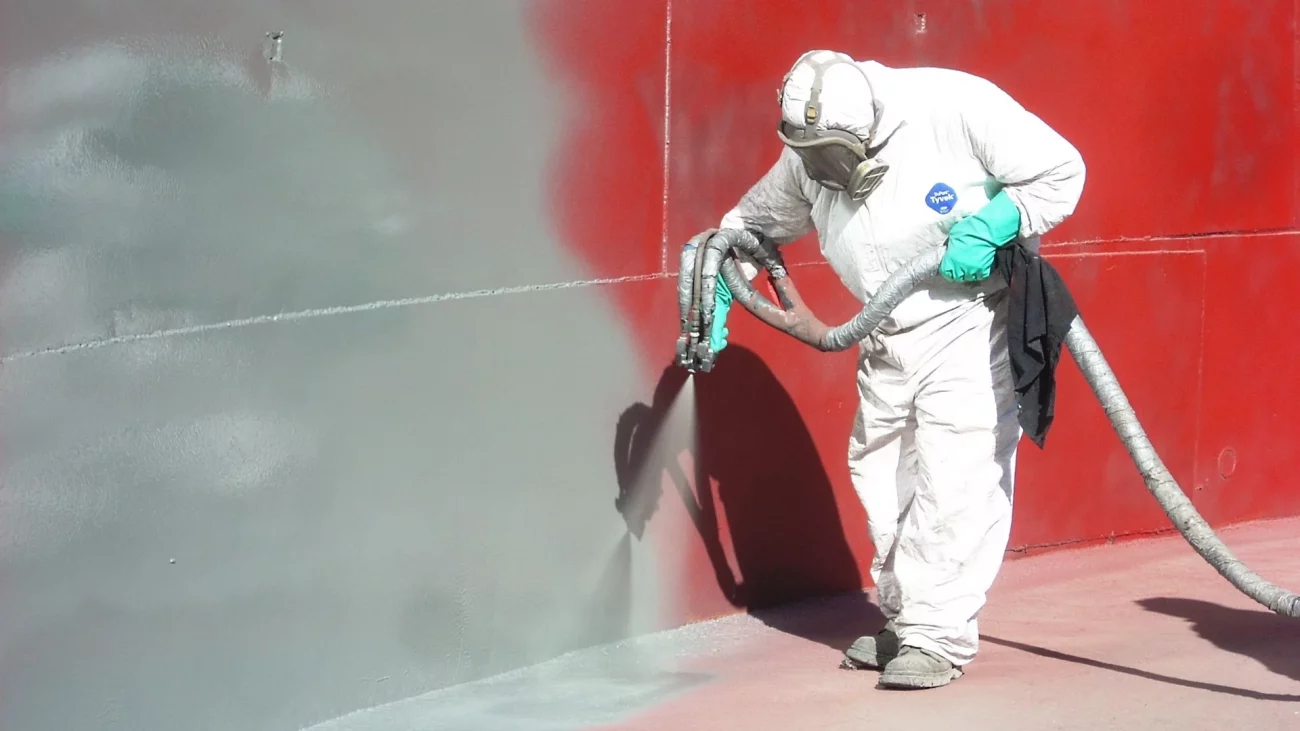
Design for Corrosion Control
The shape of a part or structure, as well as the metals utilized to create it, should be taken into account during design. Assets that are not shaped with cavities or fissures that can hold moisture will resist rusting considerably better. By doing away with certain design elements, the likelihood that the asset will withstand corrosive, stagnant settings is decreased. Additionally, covering these components or structures with protective materials is simpler.
High-alloy steel is inherently more corrosion-resistant than low-alloy steel in terms of the composition of a metal asset. Protective coatings should still be applied to high-alloy steel assets, although using a more corrosion-resistant steel could increase the asset’s lifespan even if its protective coating fails. Low-alloy steel offers a trade-off between affordability and ease of machining compared to high-alloy steel’s higher cost and more difficult to work with.
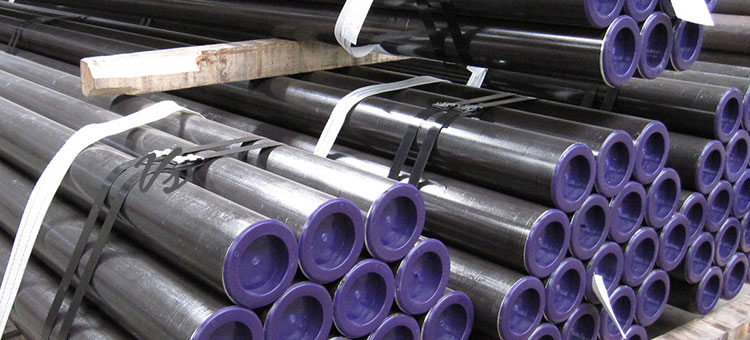
Cathodic Protection
Asset owners can benefit from the ideas covered in the section on corrosion between dissimilar metals. Sacrificial anodes can be affixed to areas of structures where corrosion is expected to occur. They are frequently found on sea construction but are utilized in a variety of industrial applications as well. In order to safeguard the more stable and structurally significant pieces of a construction, these brittle metal components are fastened with the intention that they will corrode. API 651: Cathodic Protection of Aboveground Petroleum Storage Tanks
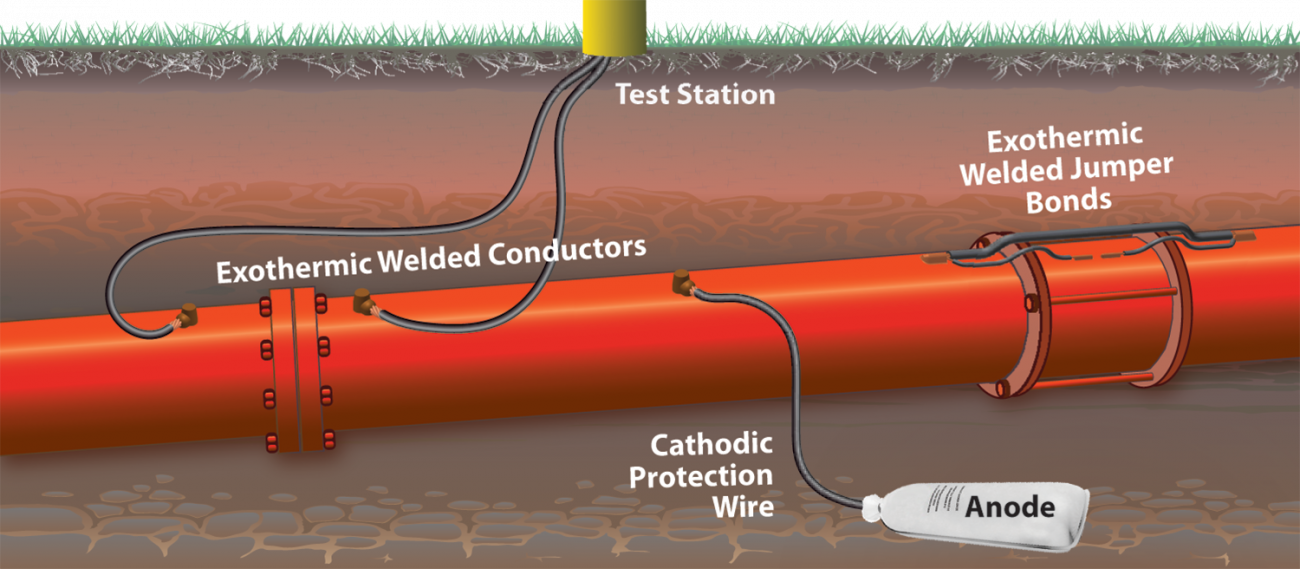
Environment
An asset’s or structure’s operating or storage environment has a significant impact on whether or how quickly corrosion may occur. Some assets will always be susceptible to rust, such as maritime construction or anything left outside. Understanding how a design affects corrosion risk and being careful about routine re-coats and coating inspections are the keys to protecting assets exposed to hostile conditions.
It is wise to take all possible precautions to protect assets or structures from corrosive conditions. When not in use, keep assets within structures or underneath shelters, and if they become wet while being used, make sure they are completely dried out. If possible, use dehumidifiers to regulate the climate in storage spaces.
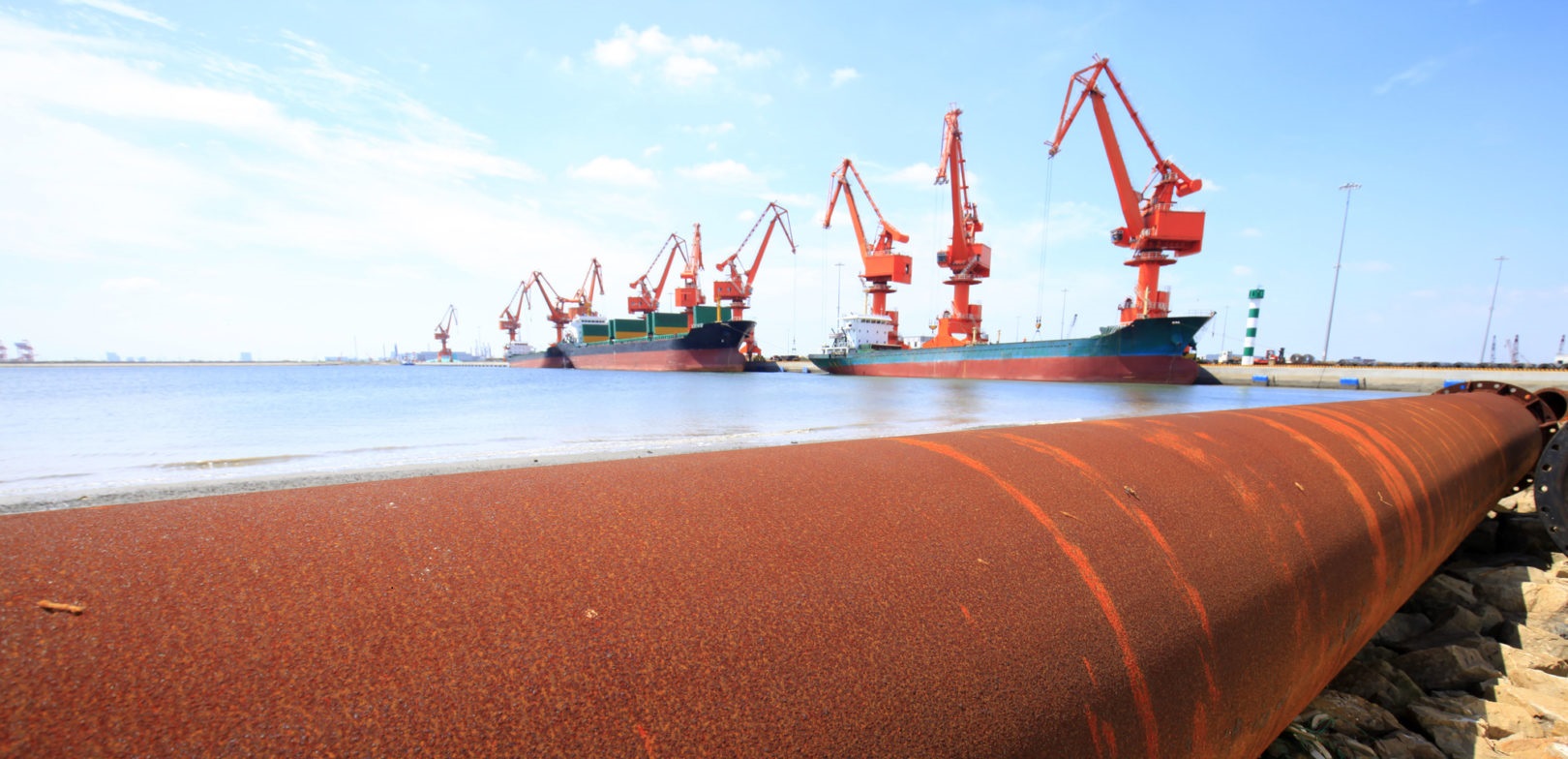
Corrosion Inhibitors
A corrosion inhibitor is a chemical that is used in a certain environment, such as air or water, to slow down the rate of corrosion of the metal exposed to that environment. Corrosion inhibitor, or CI, is an acronym. Corrosion Metal rusting and anodic corrosion are stopped by inhibitors. This is often accomplished by covering the metal surface with a layer of chromate. Corrosion is a problem for metal pipes in heating systems. CIs are crucial for protecting these pipes as well. Fuel pipeline corrosion and rusting must be avoided at all costs. In order to secure these pipelines and lower the likelihood of accidents, CIs are crucial.
Types of Corrosion Inhibitors
Based on how they resist corrosion on the metal, corrosion inhibitors can be divided into four broad categories. These types include:
Cathodic Inhibitors
In order to prevent eroded elements from diffusing to the metal surface, cathodic inhibitors can either work to slow down the cathodic reaction or to preferentially precipitate on the cathodic regions of the metal. Sulfite and bisulfite ions, which can combine with oxygen to create sulphates, are examples of cathodic inhibitors. Another example of a cathodic inhibitor is a nickel-catalyzed redox reaction.
Anodic Inhibitors
These corrosion inhibitors provide a thin protective oxide layer on the metal’s surface. The metallic surface becomes a passivation area as a result of this reaction, which causes a significant anodic shift. This area of passivation aids in minimizing metal corrosion.
Chromate, nitrite, orthophosphate, and molybdate are a few examples of anodic inhibitors.
Volatile Corrosion Inhibitors
Condenser tubes in boilers can stop corroding by using volatile corrosion inhibitors. They are also known as VPIs, or vapor phase inhibitors.
In order to control corrosion, VPIs alter the outside atmosphere’s pH to a less acidic level. Examples include the use of morpholine and hydrazine to prevent boiler condenser pipe corrosion.
Mixed Inhibitors
These corrosion inhibitors also create a film on the metal’s surface. Both cationic and anionic processes are reduced by them. This is accomplished by creating a precipitate on the metal’s surface.
Silicates and phosphates, which are employed as water softeners to prevent water from rusting, are examples of mixed inhibitors.
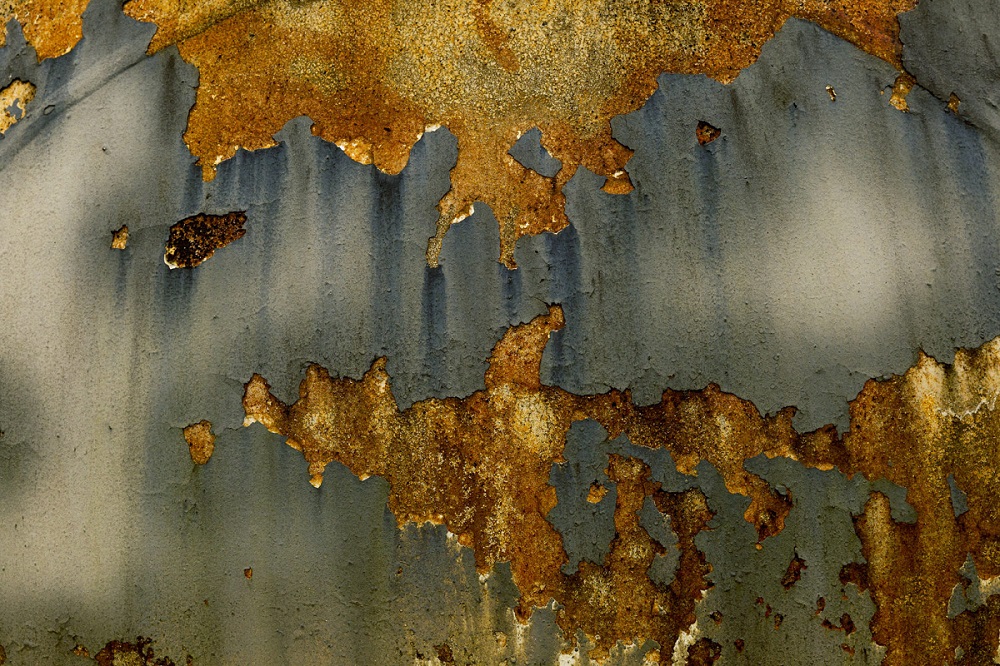
Conclusion
Just as there are numerous modes of corrosion, there are many ways to combat it. Carefully consider your assets and the environment, and note that some control measures make more sense than others in given applications. In weighing the economic and practical impacts presented by the alternatives, a program made up of a combination of available corrosion control measures is often the most effective. The finest corrosion control programs make use of as many of the mentioned tactics as they can. Although it requires some time and money, effective corrosion control is worthwhile. With the implementation of suitable corrosion control systems, hundreds of billions of dollars in damage might be avoided annually.
High-Quality Corrosion Control Systems Can Extend The Life Of Equipment By Over 250%! :)
If you have any doubts or require assistance, you may ask me through my email at [email protected]
Thank you, Have a nice day.
